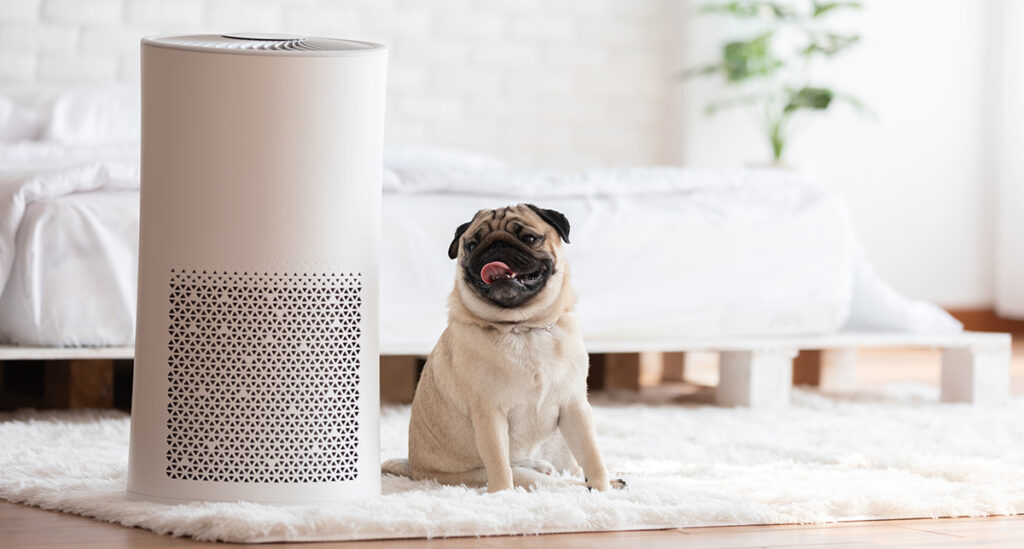Keep your surroundings safe and clean with building automation

Whether it’s a home, an office, a school, a restaurant, or something else, it’s always important to keep your indoor environment safe, clean, and pleasant to be inside.
It’s also a good idea to keep track of the air quality and conditions around you, not just for safety but also to ensure your systems are all working correctly and to avoid any wastage and inefficiencies.
Accurately monitoring your buildings can seem like a big challenge, but it’s actually very achievable with the right tools, and in fact, doesn’t require a whole lot of technology and expertise to get started. In this article, we’ll look at why it’s so essential to monitor your buildings and how anyone can build their own systems for doing so.
What is building automation and why is it important?
Building automation refers to the combination of processes that allow automatic centralized control over many of a building’s systems. This includes heating, lighting, ventilation, and much more — all controlled through one central system.
Here’s why building automation is so useful:
- It makes the environment more comfortable and pleasant for occupants
- More efficient operation and less wastage of resources
- Lower energy costs
- Utilities and equipment last longer
Example: Indoor air quality and garbage monitoring system
Arduino community member Guillermo Perez Guillen helped design and build his own indoor air quality and garbage monitoring system with the help of Arduino’s tools and a series of other materials.
The project used IOTA — an open source distributed accounting technology built to securely exchange information and value within the Internet of Things. It’s designed in a way that ensures no commissions, low latency, and better scalability.
Using this framework, Guillen built a few systems to monitor the air and garbage of his building in Mexico City.
A couple indoor air quality monitoring systems
Using an Arduino Uno and a number of different sensors, Guillen created a pair of systems aimed at monitoring the air quality inside the building.
The first system measured the temperature in both Celsius and Fahrenheit along with relative humidity percentage. The second system also measured these factors, along with the concentrations of LPG gas in ppm and CO gas in ppm.
Garbage monitoring system
In addition to air quality, Guillen also devised a system to monitor how much garbage was in the building’s trashcans at any given time, measured as a percentage of the trashcan’s capacity. This made it easier to track when the trashcans were full and needed to be changed, avoiding unpleasant overspilling and confusion.
The data collected from all three systems was sent to IOTA vi Arduino and Raspberry Pi boards using Masked Authenticated Messaging (MAM).
A better environment for everyone
By keeping track of air quality and garbage in this way, it’s possible to run a much more efficient, clean, and pleasant environment in a building. The same project could be replicated fairly easily in most offices, apartment buildings, schools, and even individual homes.
Smart buildings allow us to harness the power of technology and data to maintain a better environment to live and work in. With Arduino’s products, these tools are now much more widely available, and easy to learn and start taking advantage of.









